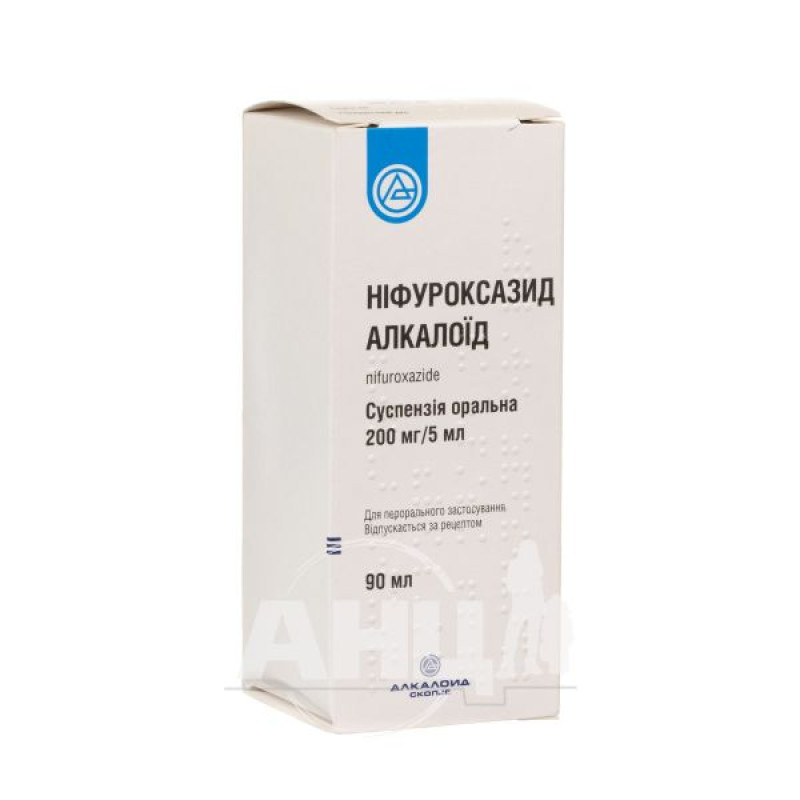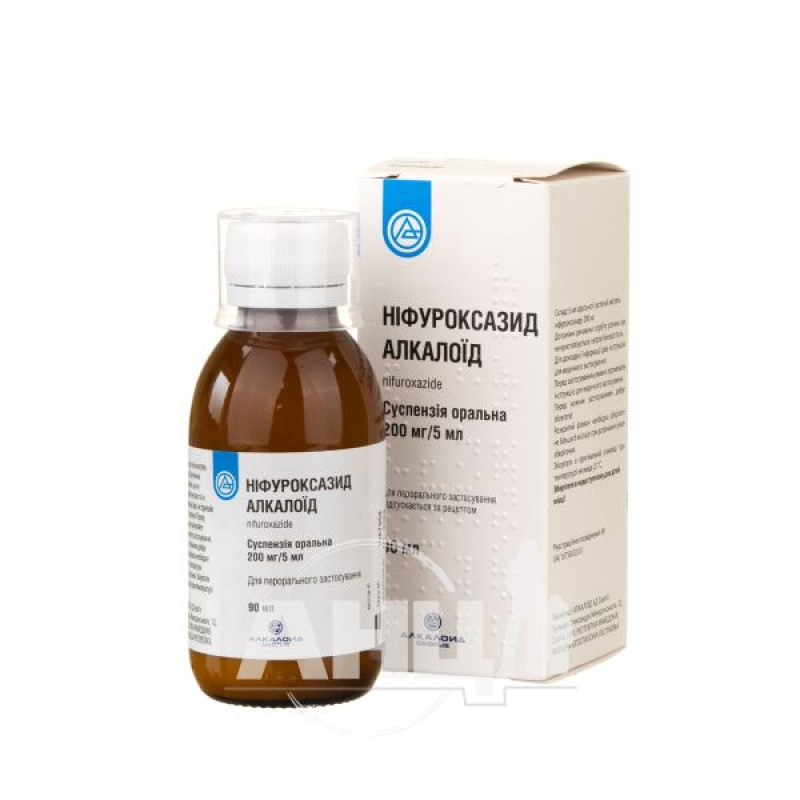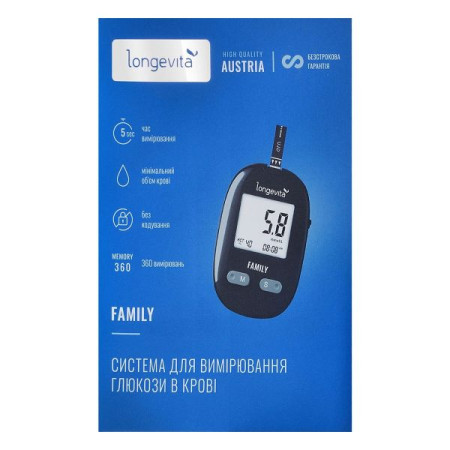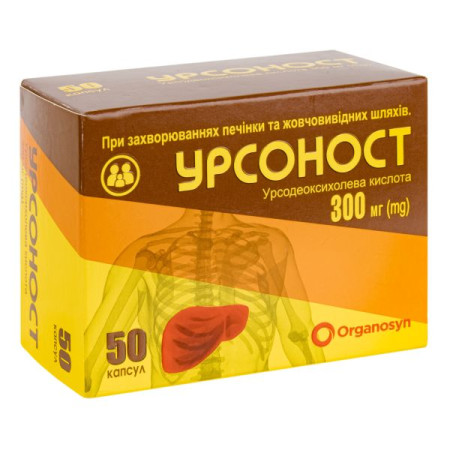Nifuroxazide Alkaloid oral suspension 90 ml

Pharmacological properties
Pharmacodynamics. Nifuroxazide is a derivative of 5-nitrofuran, acts exclusively in the intestinal lumen and is not absorbed from the gastrointestinal tract. Local activity and lack of penetration into organs and tissues of the body make nifuroxazide unique in comparison with other nitrofuran derivatives, since there are no systemic effects. The mechanism of action of nifuroxazide has not been fully elucidated. The antimicrobial and antiparasitic properties of nifuroxazide and other nitrofurantoin derivatives are due to the no2-group, which is most effective in the treatment of intestinal infections. The drug is especially effective against gram-positive bacteria: streptococcus pyogenes, staphylococcus pyogenes and gram-negative bacteria: escherichia coli, salmonella and shigella.
Pharmacokinetics
Absorption. After oral administration, the absorption of nifuroxazide in the gastrointestinal tract is extremely low, since more than 99% of the drug taken remains in the intestine.
Distribution. Nifuroxazide is practically not absorbed from the digestive tract, and ultimately absorption does not exceed 0.005%, since there is no distribution to organs and tissues.
Metabolism. Biotransformation of nifuroxazide occurs in the intestine, only 20% of the administered amount of the drug is excreted unchanged.
Excretion. Nifuroxazide and its metabolites are excreted completely in the feces. The rate of excretion depends on the amount of the drug taken and the motility of the gastrointestinal tract.
Usually, the elimination of nifuroxazide is slow, and the drug remains in the digestive tract for a long time.
Indication
Acute diarrhea of infectious etiology.
Application
For oral administration.
Nifuroxazide Alkaloid, capsules. Adults and children over 12 years of age.
Adults: a single dose of 200 mg (or 2 capsules of 100 mg) 4 times a day.
Children (from 12 years): 200 mg (or 2 capsules of 100 mg) 3-4 times a day (600-800 mg of nifuroxazide per day). Duration of treatment - no more than 7 days. If necessary, the use of the drug can be extended depending on the clinical condition of the patient.
Nifuroxazide Alkaloid, suspension. The dose is determined using a measuring cup. The finished suspension should be shaken well before use!
Adults: 200 mg - 5 ml of suspension 4 times a day.
Children over 12 years old: 5 ml 3-4 times a day (600-800 mg of nifuroxazide per day); children aged 2-12 years: 5 ml 3 times a day (600-800 mg of nifuroxazide per day). Duration of treatment - no more than 7 days.
Children. Children under 12 years of age are recommended to use the drug Nifuroxazide Alkaloid in the form of an oral suspension. Nifuroxazide Alkaloid in the form of an oral suspension should not be prescribed to children under 2 years of age.
Contraindication
Hypersensitivity to nitrofuran derivatives and/or excipients of the drug.
Side effects
In patients with hypersensitivity to nitrofuran derivatives, granulocytopenia may occur; allergic reactions, usually of the skin type (skin rash, itching, urticaria, pustulosis). In isolated cases, as with the use of other nitrofuran derivatives, shortness of breath, severe hypersensitivity reactions, including angioedema and anaphylactic shock, may occur.
In case of severe adverse reactions, the drug should be discontinued and symptomatic therapy should be administered. The patient should then avoid taking nifuroxazide and other nitrofuran derivatives.
On the part of the immune system: allergic reactions are possible, including angioedema, urticaria and itching of the skin, reactions in the form of skin rash, anaphylactic shock. The occurrence of an allergic reaction requires discontinuation of the drug.
On the part of the digestive system: individual cases of hypersensitivity to nifuroxazide are manifested by abdominal pain, nausea, vomiting and exacerbation of diarrhea. In the event of such symptoms of minor intensity, there is no need to use special therapy or discontinue the use of nifuroxazide, since the symptoms quickly disappear. If the exacerbation is pronounced, nifuroxazide should be discontinued.
Special instructions
If, during treatment with the drug, symptoms of diarrhea persist for more than 48 hours, the treatment should be reviewed and the use of the drug should be evaluated.
It is forbidden to drink alcohol during therapy with Nifuroxazide due to the risk of developing a disulfiram-like reaction.
Treatment with Nifuroxazide does not exclude dietary regimen and rehydration. If necessary, concomitant rehydration therapy should be used depending on the age and condition of the patient and the intensity of diarrhea.
Rehydration should be a key element in the treatment of acute diarrhea in children. Children should be given frequent (every 15 minutes) fluids.
Prevention or treatment of dehydration should be carried out with oral or intravenous solutions. If rehydration is prescribed, it is recommended to use solutions intended for this purpose, in accordance with the instructions for dilution and use. The intended volume of oral rehydration solutions depends on body weight loss. In case of severe diarrhea, intense vomiting and refusal to eat, intravenous rehydration is required.
It is necessary to take into account the recommendations for a diet for diarrhea: avoid eating certain foods, such as fresh vegetables and fruits, green vegetables, spicy foods, frozen foods and drinks. Rice and grilled meat should be preferred. The decision to eat dairy products should be made depending on the specific case.
If diarrhea is accompanied by clinical manifestations indicating progression of the condition (worsening of the general condition, fever, symptoms of intoxication), nifuroxazide should be prescribed together with systemic antibacterial drugs used to treat intestinal infections, since it is not absorbed in the intestines and does not enter the systemic bloodstream.
The drug should not be prescribed as monotherapy for the treatment of intestinal infections complicated by septicemia.
In the event of a hypersensitivity reaction (shortness of breath, swelling of the face, lips, tongue, skin rashes, itching), nifuroxazide should be discontinued immediately.
The drug in capsule form contains the dye sunset yellow FCF, which may cause allergic reactions.
The suspension contains sorbitol. If you have been told by your doctor that you have an intolerance to some sugars, contact your doctor before taking this medicine.
Use during pregnancy or breastfeeding. Animal studies have not shown teratogenic effects. There is insufficient evidence to assess the possible teratogenic or fetotoxic effects of nifuroxazide during pregnancy. Therefore, as a precautionary measure, it is recommended to avoid the use of nifuroxazide during pregnancy (it can be used in breastfeeding women for short-term treatment).
The ability to influence the reaction speed when driving vehicles or other mechanisms. Does not affect.
Interactions
Nifuroxazide can be used in combination with drugs commonly used to treat diarrhea: rehydration solutions, antibiotics, chemotherapeutic drugs, antispasmodics, and analgesics.
The use of nifuroxazide with CNS depressants and drugs that may cause addiction is not recommended.
Concomitant administration of other oral medications should be avoided due to the strong adsorption properties of nifuroxazide.
Nifuroxazide is not recommended for use simultaneously with sorbents, drugs containing alcohol, and drugs that can cause antabuse reactions.
During treatment with Nifuroxazide, alcohol consumption is strictly prohibited due to the possibility of developing a disulfiram-like reaction, which is manifested by exacerbation of diarrhea, vomiting, abdominal pain, a feeling of heat in the face and upper body, hyperemia, tinnitus, difficulty breathing, tachycardia.
Overdose
Symptoms of overdose have not been described. In case of suspected overdose with Nifuroxazide, the patient's condition should be carefully monitored, supportive and symptomatic treatment should be prescribed.
Storage conditions
In the original packaging. capsules - at a temperature not exceeding 30 °C. suspension - at a temperature not exceeding 25 °C.
There are no reviews for this product.
There are no reviews for this product, be the first to leave your review.
No questions about this product, be the first and ask your question.













